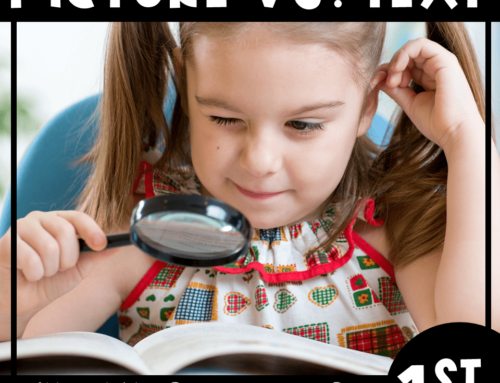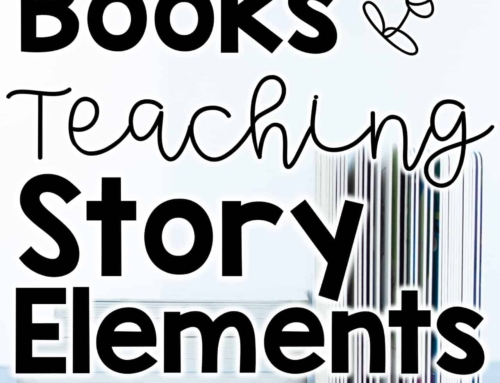You are sitting at the guided reading table with a group. Everything is going beautifully. All the kids are working independently and engaged in their activities. There is a purposeful, low hum of conversation in the room.
The kids at your table are reading their text and you tap in with little Johnny and he reads the text beautifully. You ask him to tell you about what he just read and he says, “I dunno.”
Never had that happen before?
Or maybe just the everyone on task during groups part? LOL!
It does seem like a fairy tale, but the child having no idea what they read? Yep, it has happened to me a time or two.
To me, these are some of the hardest readers to teach. Simply because I can’t see inside their brains to figure out what is the problem. When kids have decoding issues, you can listen to them read and it is a window into their brains. Comprehension problems can much harder.
 How can I help students struggling to comprehend a text?
How can I help students struggling to comprehend a text?
First have the child reread the text. There is a chance their mind was wandering and they simply weren’t attending to the text.
If students are still having trouble and can’t retell the text or answer the questions, use it as a chance to model. “I noticed….” Then, after this scaffolding ask a specific question from your scaffolding.
For example, scaffold with, “I noticed that the main character, Ned, was very sad when he lost the baseball game. Can you go back to the text and show me what he did that tells the reader he was sad?”
This is a great a simple strategy to help in the moment.
What can I do next?
However, what should your next steps be as a teacher? First of all, you may need to reevaluate the text level. The student may be fluent, but if they don’t comprehend then you may need to back up the text level.
You may also want to spend great deal of time building background and previewing the text before reading. You can do this by using graphic organizers and working with the vocabulary before opening the text. I also had students watch (short) videos online if if related to the text. This worked especially well with nonfiction.
Be careful with text selection. Choose high interest text the student will be interested in, if possible (sometimes we have little choice). Choose fiction with a predicable structure of beginning, middle, and end. Choose texts with one central problem. When selecting nonfiction, consider starting with biographies. They have a predictable structure by following the sequence of a persons life- birth, childhood, young adult, adulthood, death.
After students are successful with these text, move into more complex texts on a similar level.
When reading the new text, stop frequently and ask students to retell and ask questions. Avoid reading large chunks of text without checking in.
These are just a few ideas to help students that struggle with comprehension. Are you looking for specific strategies?
Mandy Gregory is a 2007 and 2012 Teacher of the Year. She has taught Kindergarten- 4th grades in both the general education and inclusion settings. She is currently a 1st grade Special Education teacher. She is the owner and creator of Mandy’s Tips for Teachers website (www.mandystipsforteachers.com) and has over 13 years of teaching experience. She is married with two beautiful children.







Sign me up! [email protected]
Good tips to keep in mind!
Haley
Owls and Lessons, Etc.
Fabulous tips as always, Mandy! Love this!
Sign me up: [email protected]
Sign me up: [email protected]
Sign me up! [email protected]
Thank you!!
Sign me up please [email protected]
Please sign me up [email protected]
Your blog made me feel more confident I have several students with this issue and my brain was not helping me determine how to start reaching them. Thank you!
❤
❤
Please sign me up too!! [email protected]